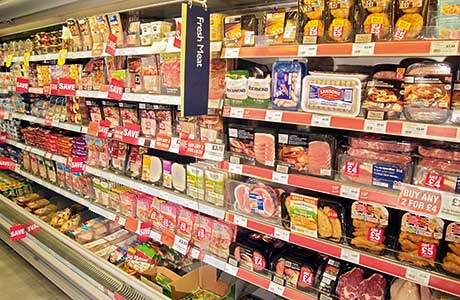Like-for-likes down more than 3% as competition and margin pressures lead to the biggest drop this century
A WET, windy February brought bitter news for Scottish retailers. Despite temperatures being higher than average for the time of year the tentative recovery went into reverse, with the Scottish Retail Consortium’s (SRC) and accountants KPMG’s monthly survey showing food sales down 3.4% on last year. That was the biggest drop since the survey began recording the statistics back in 1999.
Scotland also lagged behind the rest of the UK, with average growth of just 0.9%.

David McCorquodale, head of retail at KPMG, commented: “February saw a reality check on the road to recovery as consumers shunned the economic indicators and refused to loosen the spending belts.
“Total food sales suffered their biggest drop, excluding Easter variations, since our records began in January 1999.
“The battle lines are well defined in this sector and price cuts announced in March will filter through in future months to the benefit of the consumer, but at a cost to the retailers and their suppliers in terms of margin.”
Attempting to find a bright side, he added: “Looking forward, wage-rate inflation and house-price recovery are showing tangible recovery which will in turn be reflected in High Street spending. However, the next few months will be dominated by the spotlight being shone on the grocery sector and how that filters through to family budgets.”
David Lonsdale, director of the SRC, failed to disguise his gloom. He said: “These sales figures confirm that Scottish retailers experienced a challenging February.
“Following the drop in footfall we recorded earlier in the month, we have seen total sales falling by 1% and like-for-like sales dropping 2.5%.
“As in the rest of the UK, we have seen a particularly tough environment in the food market. Margins are under pressure and while the intense competition brings benefits to Scottish consumers in terms of keeping prices low, it can be a challenging environment for the businesses involved.”
Putting the figures in context, he added: “It is worth remembering that these results follow a strong start to the year in January.”


















